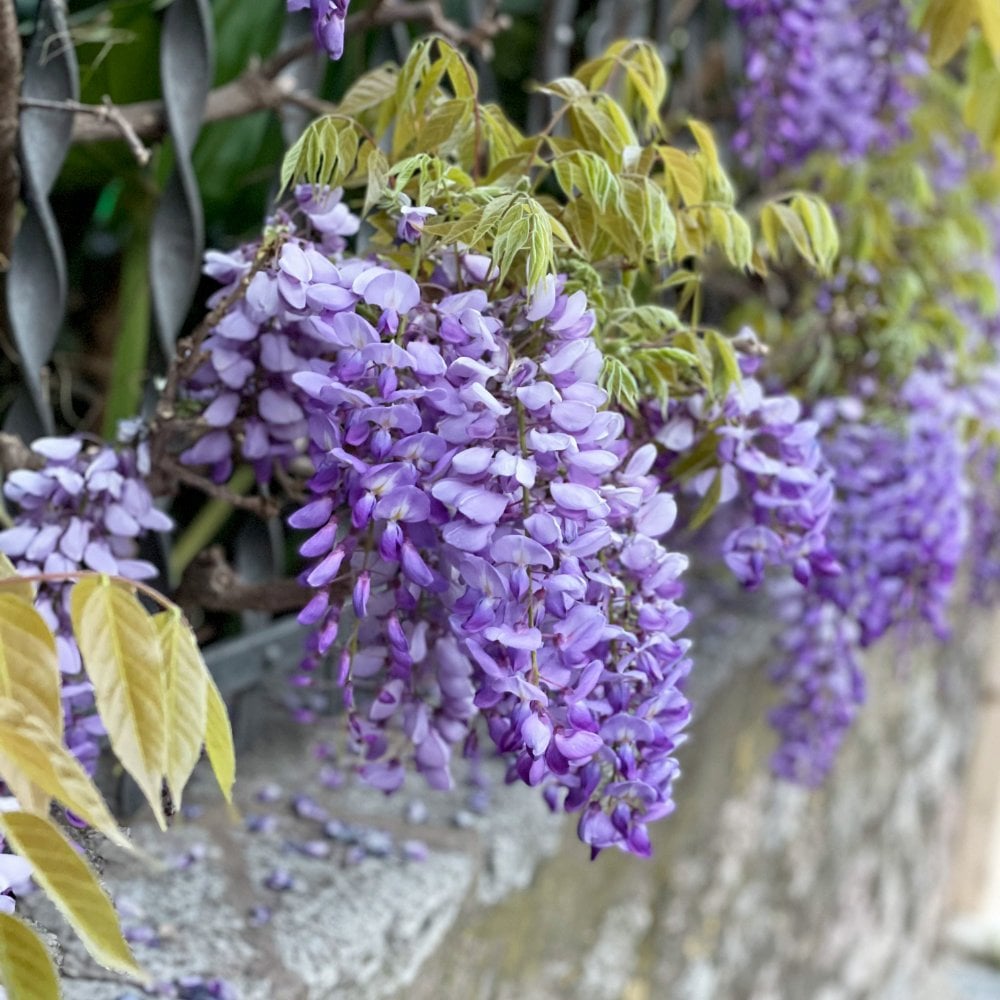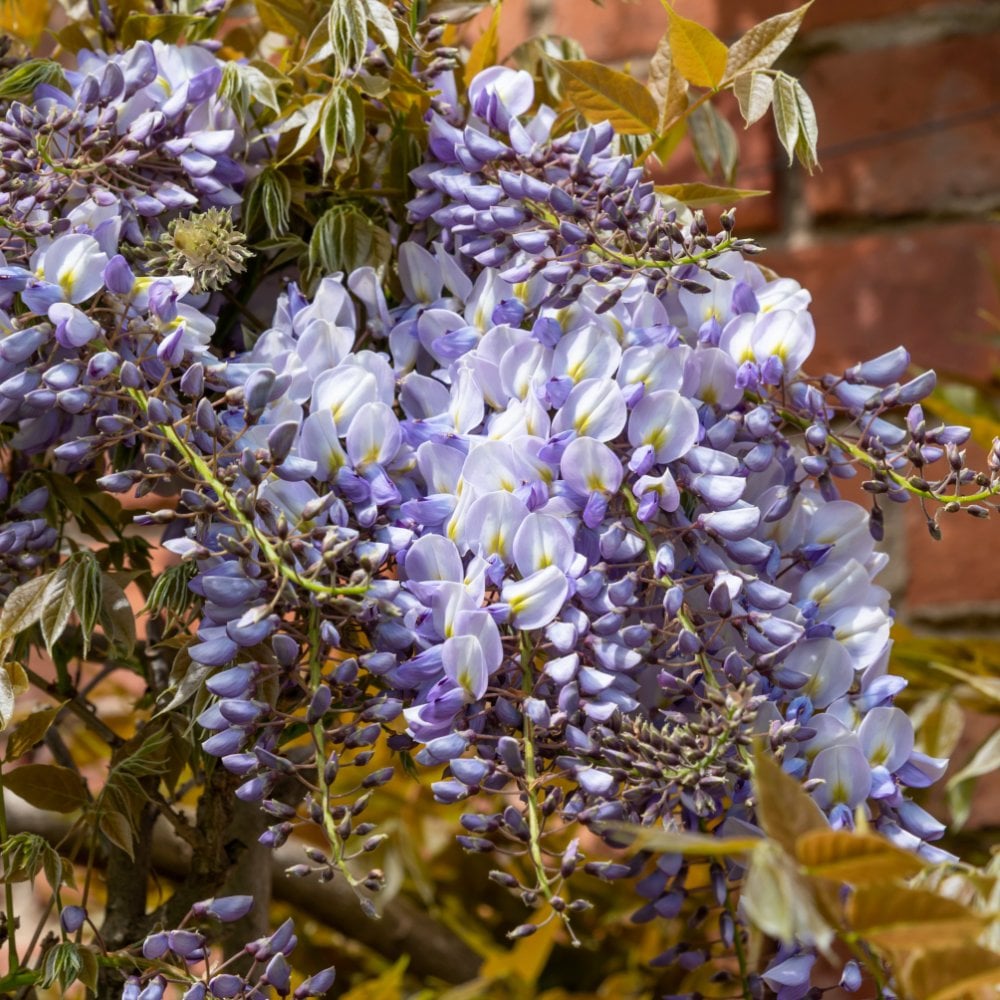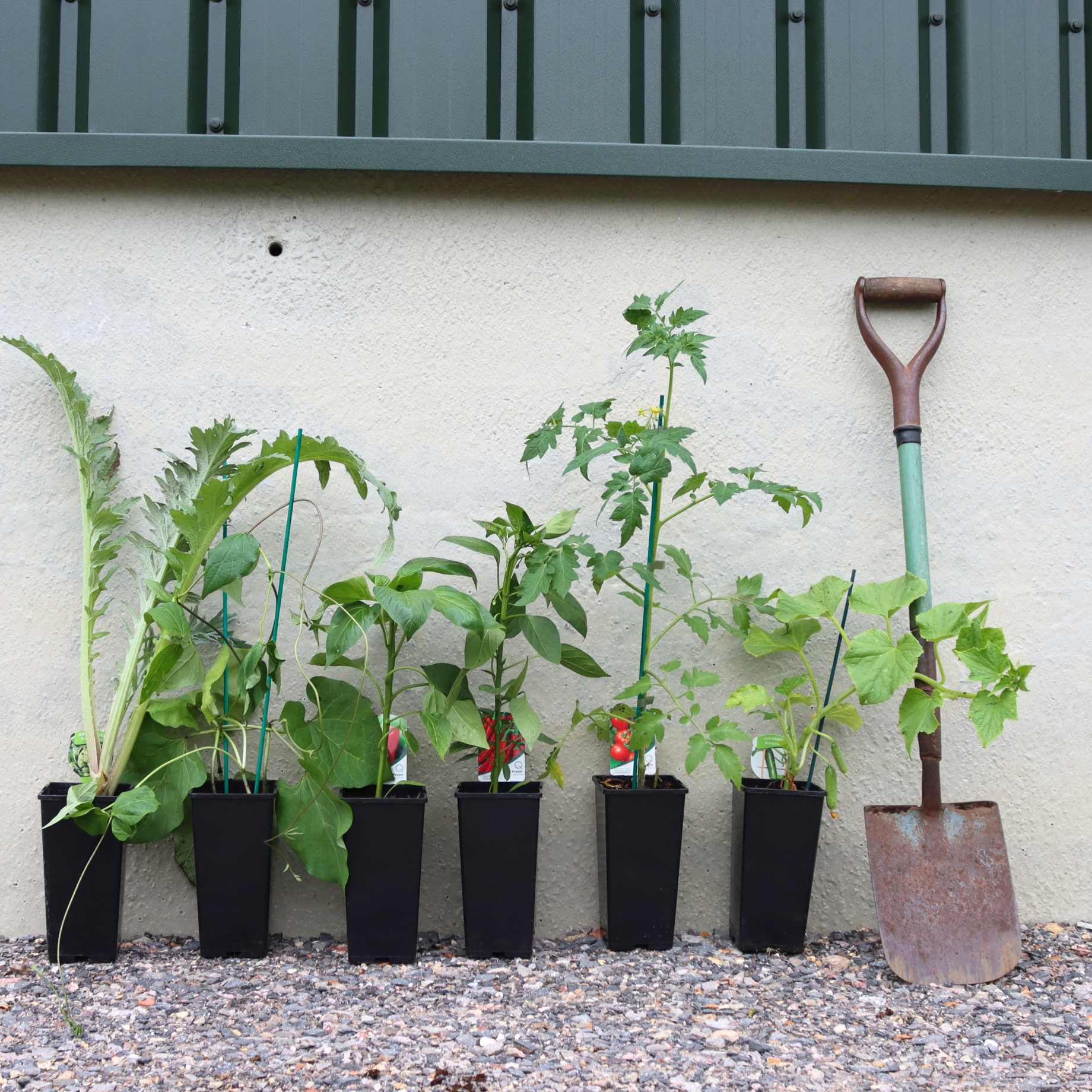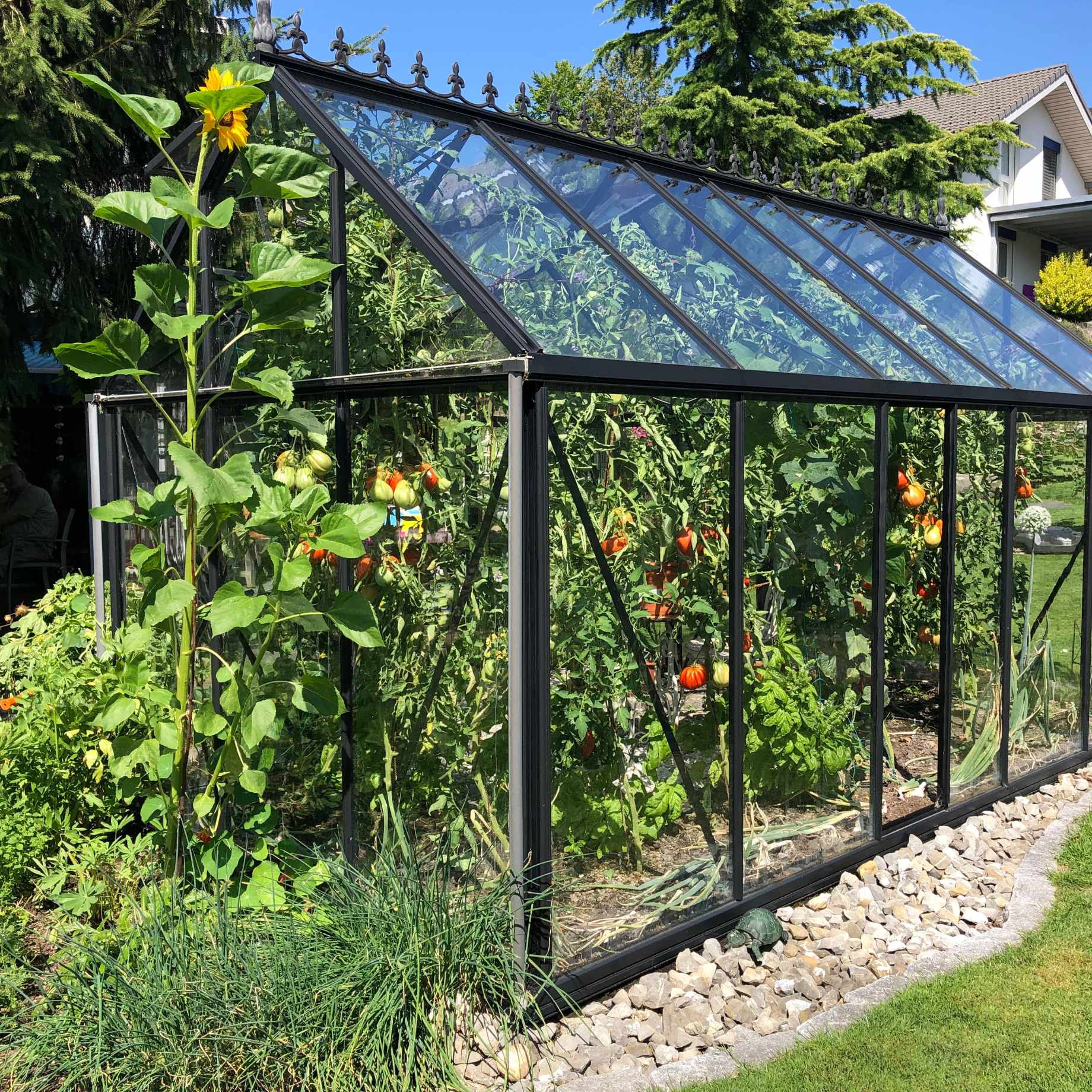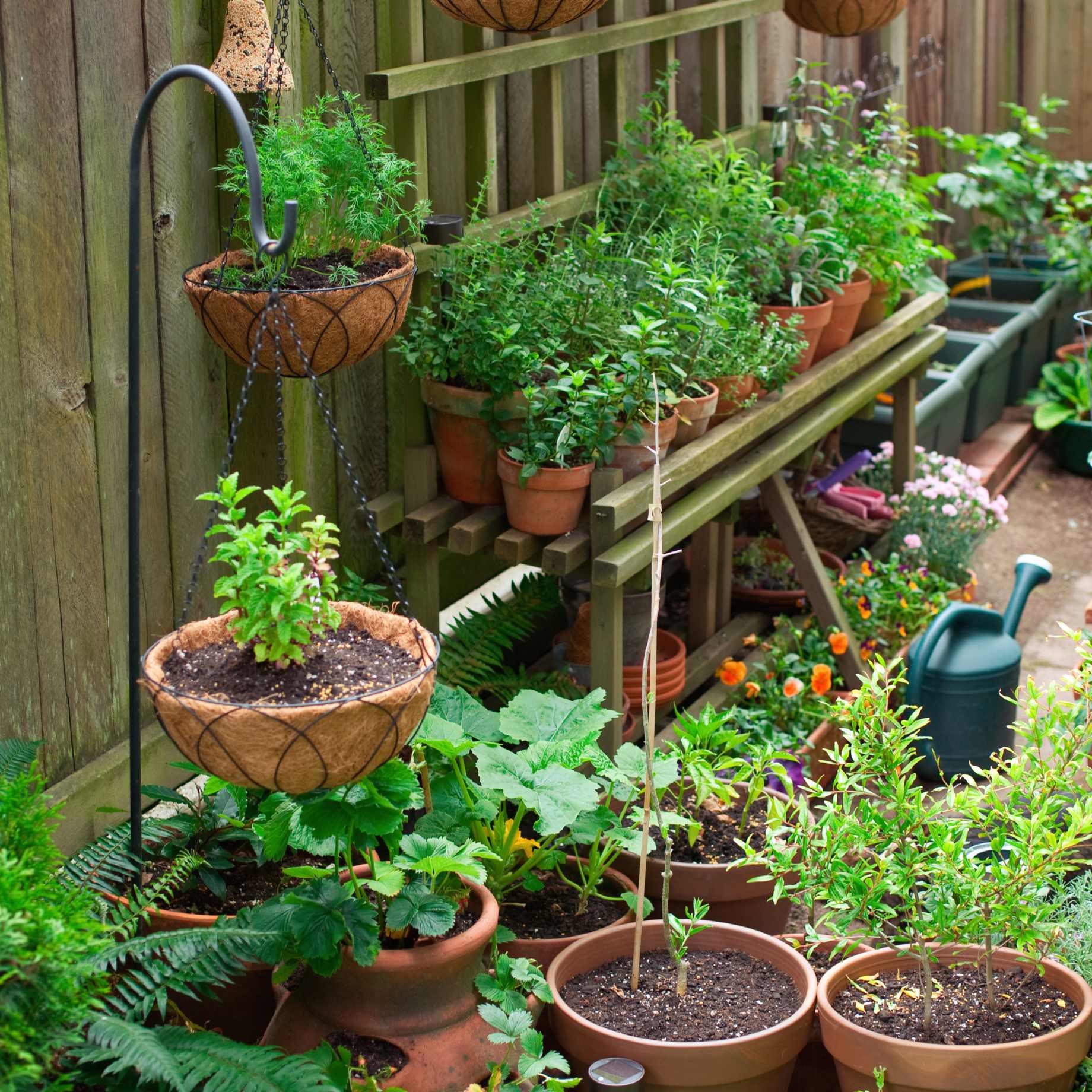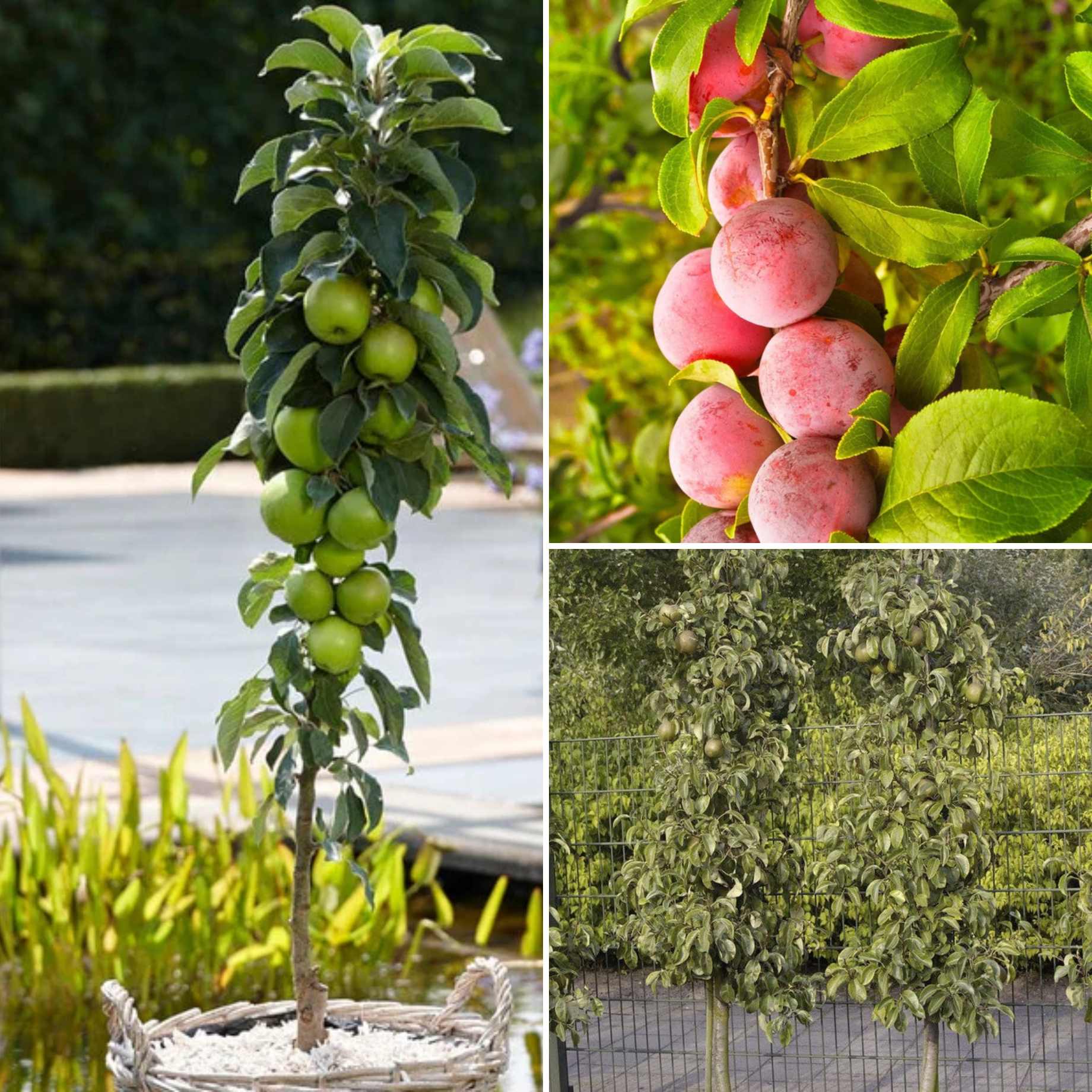Key features
Final size6 x 4 metres in 20 years
FoliagePinnate green leaves (deciduous)
FlowersShort, dense racemes of lilac-blue flowers in summer
SoilPrefers moist yet well-draining soil
Description
Wisteria frutescens ‘Longwood Purple’ is an American variety of wisteria with pretty, violet purple flowers.
Wisteria frutescens are slightly less vigorous than Chinese and Japanese varieties, making them a better option for smaller gardens. Flowers are slightly shorter and denser but are more than capable of putting on a beautiful display. They also do not have the strong scent typically associated with wisteria, making Wisteria frutescens ‘Longwood Purple’ a good choice for those after the aesthetic appeal of a wisteria without the heady fragrance.
Plant in full sun or partial shade in a moist, well-draining soil against a climbing support for the best results. Wisteria frutescens ‘Longwood Purple’ can also be planted in a large container for patio planting.
As with all our climbing Wisteria, this American variety is grafted and tends to flower at a younger age than those grown from cuttings.
AKA American wisteria ‘Longwood Purple’
Planting Steps
1Preparation
- Pot-grown plants can be planted at any time of year, whereas bare roots need to be planted between November and March.
- Clear weeds and grass within a metre of the planting hole.
- Dig a hole as deep as the root mass and twice as wide.
- To help your plant establish more effectively, sprinkle Rootgrow in the hole.
2Planting
- Gently loosen the roots and place into the planting hole.
- Ensure the top of the plant’s compost is flush with the level of the surrounding soil and the graft union or collar of the tree is above ground level.
- Mix 50% of the original soil with 50% compost.
- Fill in the hole, firming the soil gently.
3Last Steps
- Water generously around the base of the plant.
- If you are planting either a single stem tree or mature standard tree, we recommend adding a staking kit and rabbit guard.
Aftercare Advice
Wisteria require a good watering regime for a couple of years whilst they establish. Water well and regularly through spring and summer, increasing in hot or dry weather. If planting in autumn, you may only need to water a little. It is advisable to keep the area free of competing weeds and grass during this period.
Wisteria should be pruned twice annually—once in February when it is dormant and once in August—in order to maximise flowering and help keep it under control. The idea is to encourage the development of short, flowering-bearing spurs and reduce the amount of vigorous, leafy growth.
In February, start by removing any dead, diseased or damaged branches, right back to the main branch. Tie in new growth to extend the main framework and cut back summer side shoots to two or three buds from the base. As there are no leaves on the wisteria at this time of year, it’ll be easier to see what does and doesn’t need pruning.
In August, after flowering, cut back long or whippy green side shoots of the current year’s growth back to 20cm (about five leaves from the main stem). If there are any dead, diseased or damaged branches, these should be removed. If your wisteria is young, select a few strong shoots to tie onto your climbing support. On an older wisteria, simply prune side shoots back to your framework of strong shoots.
To keep them happy and healthy, wisteria can be fed every spring with a general purpose fertiliser. Feeding with a high potash fertiliser or a flowering shrub feed (such as a rose feed) will encourage flower production.
For more detailed advice and video guides, please visit our Help & Advice section.

